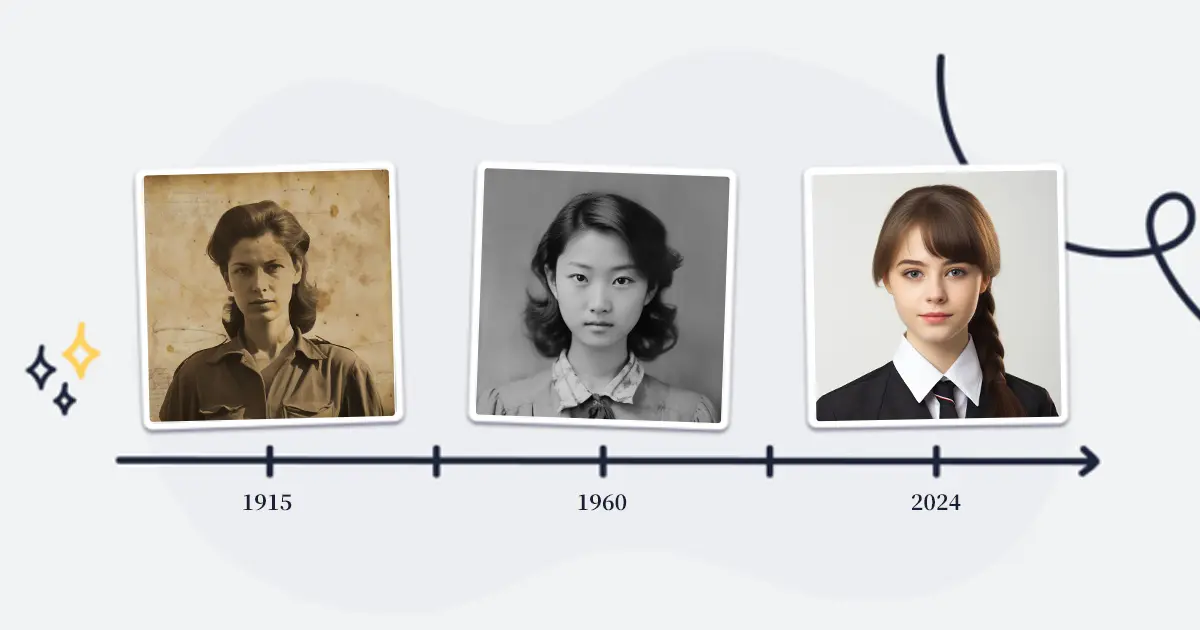Passport photos have undergone a remarkable transformation over the years, shaped by evolving global standards, technological advancements, and changing security needs. What we know today as standard passport photos has its roots in centuries of development and a fascinating journey through different cultural and technological milestones. Let’s dive into the evolution of passport photos.
The Early Years
In the late 19th century, passports were not yet the universal travel document they are today. These were mainly reserved for diplomats, royalty, and special cases. The early passports didn’t even have photos attached. Instead, these documents relied on written descriptions and, in some cases, hand-drawn portraits to identify the holder.
It wasn’t until the early 1900s that passport photos started to make an appearance. As international travel became more common—especially across Europe—countries realized that a more reliable way of identifying travelers was needed. In response, nations began requiring passport holders to provide photographs.
However, standards for these early passport photos were far from uniform, with some countries even permitting hand-drawn likenesses rather than photographs. As long as the photo fit within the passport, it was good enough. People took photos in all kinds of unusual ways—some held their favorite dogs, while others took pictures when playing guitar. It wasn’t necessary to have a solo shot; some even used cut-outs from group photos. Occasionally, it was also common for multiple people to appear in one passport.
The Rise of Standardization
After World War I, as international travel became more prevalent and global security concerns grew, many countries began implementing standard requirements for passport photos. This era marked the beginning of the passport photo standardization that we recognize today.
The Global Shift to Standardized Passport Photos
During the 1920s and 1930s, passport photos began to take on more standardized forms. At this time, the typical passport photo size became established as 2×2 inches (51mm x 51mm), a standard still in use in most countries today. The background also became standardized, with many countries specifying that the background should be white or light-colored to ensure clarity and visibility of the traveler’s face. This shift was pivotal, as it facilitated the identification process at border control checkpoints and enhanced global security.
Before this shift toward standardization, countries had varying requirements for passport photos. Some nations allowed larger or smaller photos, while others had different background colors or even allowed artistic renditions in place of photographs. The lack of uniformity made it difficult to verify identities and posed a challenge for border officials, who had to manually check passport photos. With the standardization of size and background color, these processes became much more streamlined.
This period also saw the introduction of stricter photo requirements. The early 20th century marked a shift toward clearer, more uniform passport photos that could be easily recognized by authorities.
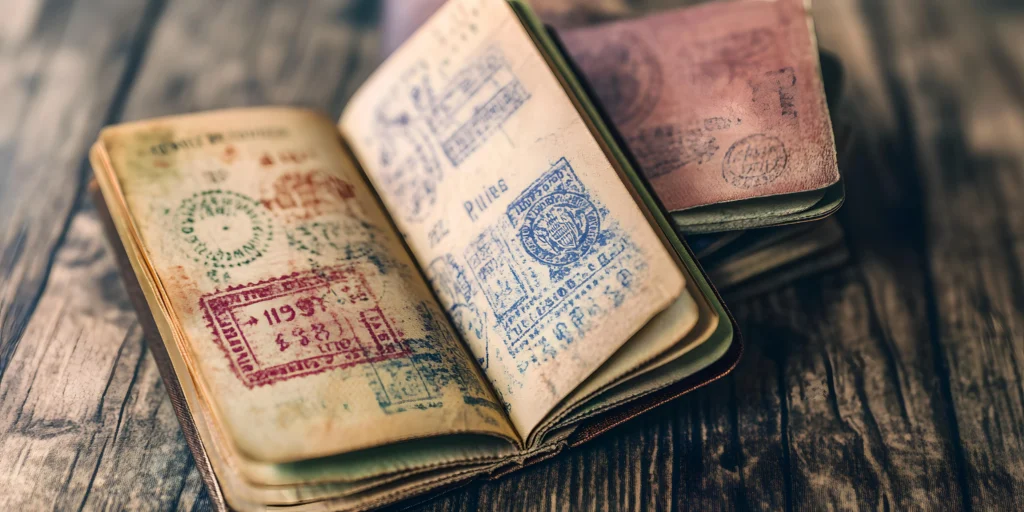
The Role of the ICAO
With the rise of international air travel in the mid-20th century, there was a growing need for global consistency in passport photos. The International Civil Aviation Organization (ICAO), a specialized agency of the United Nations, stepped in to provide a set of standardized guidelines to ensure that passport photos would meet global security and identification needs.
ICAO’s Impact on Modern Passport Photo Guidelines
By the 1960s and 1970s, the ICAO had solidified its guidelines for passport photos, making them a global norm. The ICAO’s contributions were key in shaping the modern passport photo and creating the framework for international travel documentation that we rely on today.
ICAO has published standards for machine-readable passports, which enable border agents and other law enforcement sectors to process passports more quickly. One of the most significant changes introduced by the ICAO was the emphasis on a neutral expression in passport photos. This requirement, which prohibits smiling or frowning, was implemented to ensure that facial recognition technologies, which were becoming more prevalent in border control and security processes, would work as accurately as possible. By maintaining a neutral expression, the photo could more easily be used for identity verification without the distortion of a smile or other exaggerated facial features.
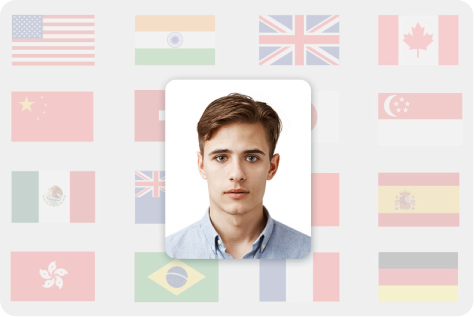
ICAO’s role didn’t stop at the neutral expression; it also standardized the size of passport photos to 2×2 inches (51mm x 51mm) and mandated a plain white background. This not only helped ensure clarity but also enabled machines to easily capture and process images for automated border checks.
The Digital Revolution
The advent of digital photography in the 21st century has dramatically altered how passport photos are created. With the rise of digital cameras, smartphones, and advanced photo editing software, travelers no longer need to visit a professional photo studio to get their passport photo taken. Instead, they can now take their photos, upload them to online platforms, and have them automatically adjusted to meet specific country requirements.
DIY Passport Photos
The ability to take a passport photo at home is a relatively recent development that has made the process far more convenient for the everyday traveler. Instead of waiting in line at a photo booth or a professional studio, people can now quickly snap a photo with their smartphone and have it processed through an online service. These platforms automatically crop and adjust the photo to the correct size, remove background noise, and ensure compliance with global standards.
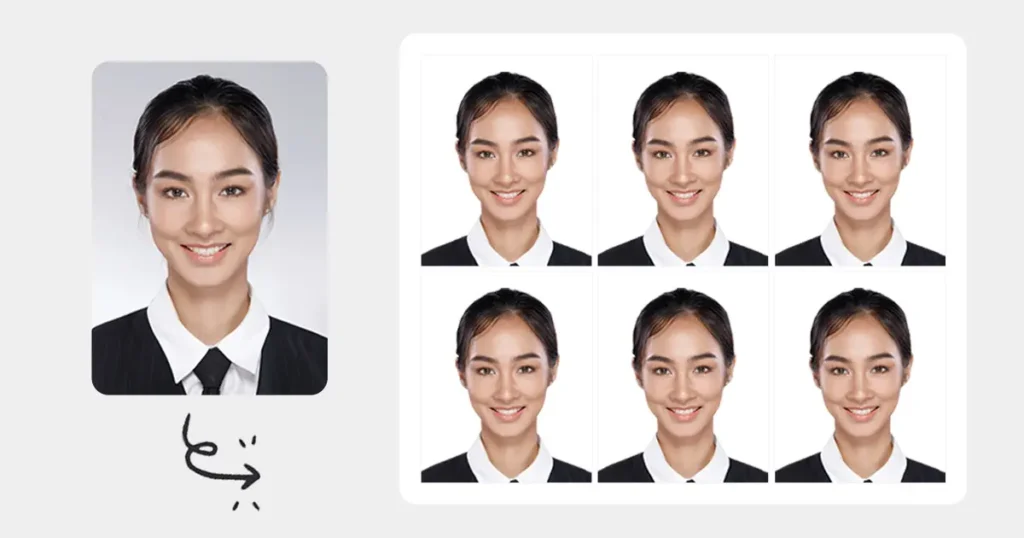
One of the most notable services in this field is Picsman.ai, which leverages artificial intelligence (AI) to streamline the passport photo process.
AI technology allows for quick adjustments of facial features, background removal, and other necessary alterations to ensure that the photo meets the required specifications for various countries. These tools help travelers save time and ensure that their passport photos are up to standard, even if they’re not experts in photography.
Global Variations in Passport Photo Standards
Despite the widespread adoption of global standards, there are still subtle variations between countries. For example:
1. Photo Size Differences Across Countries
While 2×2 inches (51mm x 51mm) is the most common, some countries, such as the United Kingdom, require a different size (35mm x 45mm). These subtle variations can lead to confusion for travelers, especially those who are unaware of specific requirements for their destination country.
2. Background Color and Expression Variations
While most countries require a white background, a few allow light gray, off-white, or even cream-colored backgrounds (for example, Germany permits a light gray background). Additionally, while the neutral expression is common, countries like Japan and the U.S. allow a slight smile in their passport photos, though it must remain subtle.
3. Head and Eye Position Regulations
The head must be straight and centered in the frame, and the eyes should be directed straight ahead. However, some countries may have slightly different interpretations or enforcement of these rules, leading to variations in photo submission requirements.
The Fascinating Face of Passport Photos
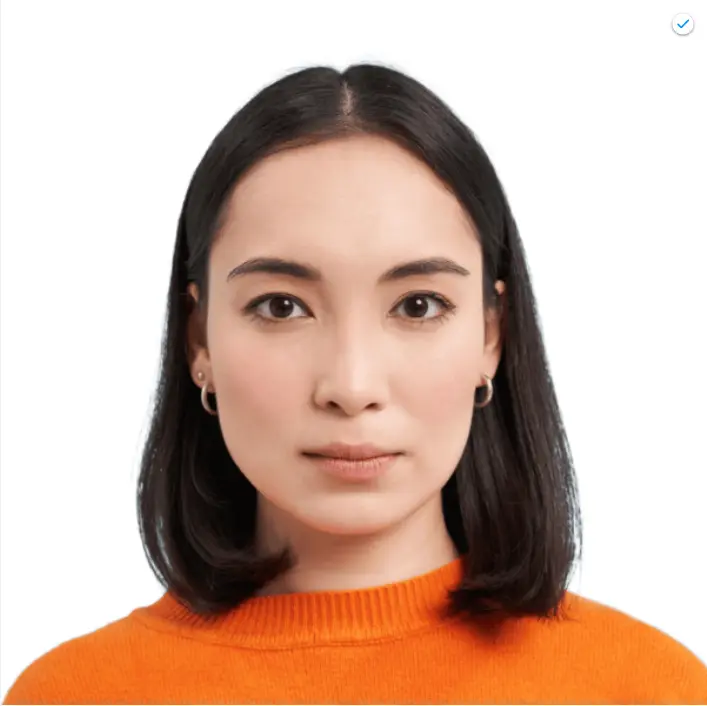

An intriguing aspect of passport photos is the requirement for facial expressions. Why the neutral expression? This is largely because facial recognition technology, which is now an essential tool at many border crossings, works best when the face is not obscured by exaggerated expressions like smiles or frowns. The “neutral expression” rule is directly related to the need for clear identification, both for human and machine recognition systems.
Conclusion
The history of passport photos is a fascinating reflection of technological advancement, international cooperation, and the ever-evolving need for global security. From hand-drawn portraits in the 19th century to the highly standardized and digitally enhanced images of today, passport photos have come a long way. With the help of AI, all of us can take passport photo at home now.
Sources:
- https://global.itu.edu.tr/docs/librariesprovider33/default-document-library/%C4%B1cao-standarts.pdf?sfvrsn=c9eea239_0
- https://en.wikipedia.org/wiki/International_Civil_Aviation_Organization
- https://www.atlasobscura.com/articles/passport-photos-history-development-regulation-mugshots
- https://www.bbc.com/news/magazine-30988833

